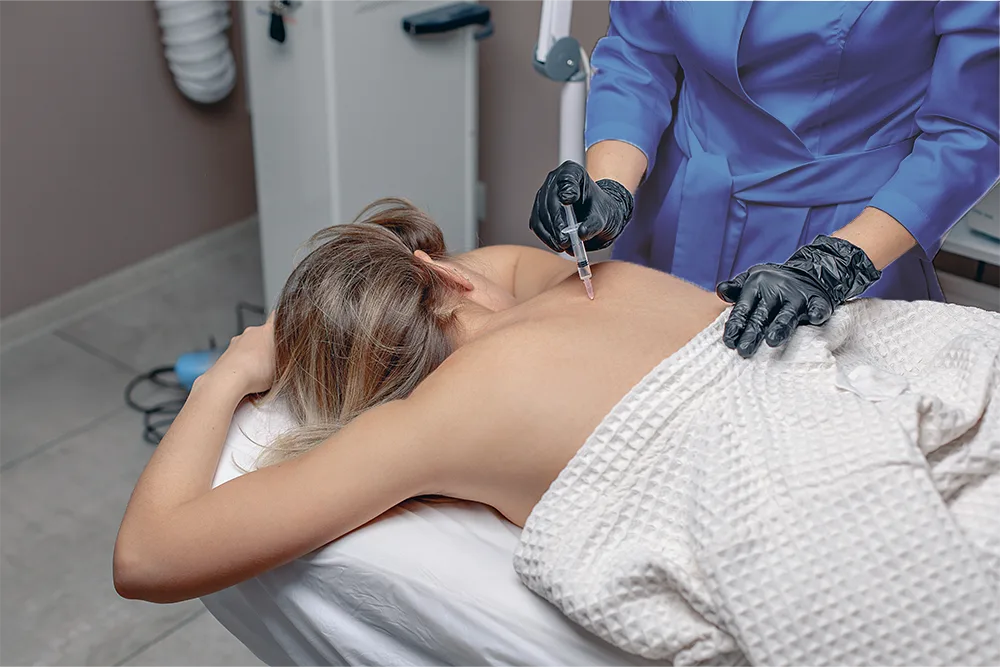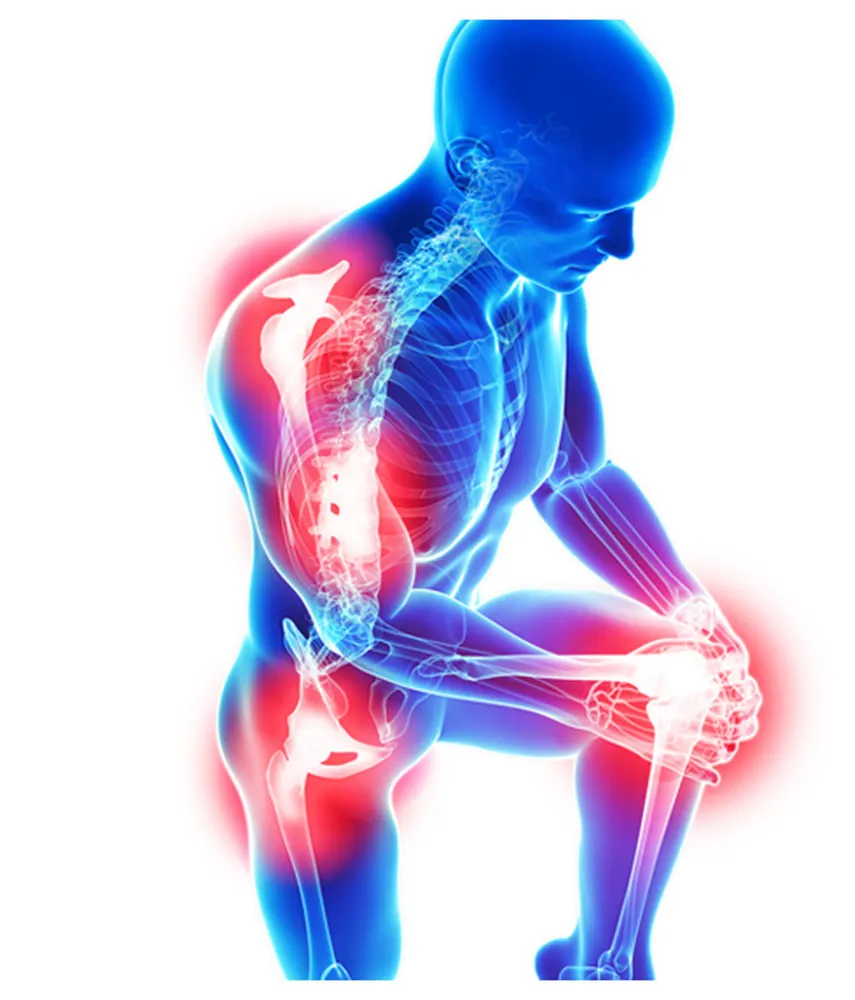Back Pain Doctor Upper West Side, NY
Chronic back pain is a long-lasting condition that may cause stiffness, soreness, or discomfort in the upper, middle, or lower back. The severity can range from mild to severe, with symptoms differing based on the underlying cause.

Many disorders, including Herniated Discs, Facet Disease, Spinal Stenosis, Muscle Strains, and Degenerative Disc Disease, can cause back discomfort. Pain, stiffness, restricted mobility, and discomfort are the results of these problems.
Finding the best course of treatment depends on an early diagnosis made by imaging and physical examination. Back pain can be lessened and function improved using non-surgical options such as PRP, EMTT, MFAT, and therapeutic injections.
Facet Disease
Causes :
The facet joints in the middle and lower back, which offer stability and facilitate spinal movement, are impacted by lumbar and thoracic facet condition. Pain and other symptoms are brought on by the degeneration or deterioration of these joints.
Symptoms :
- Ache in back
- Difficulty bending or twisting
- Tightness around affected area
- Discomfort spreading to limbs
- Worsens with standing or movement
Diagnosis :
A physical examination is used to diagnose facet disease in order to evaluate posture, mobility, and discomfort. MRIs, CT scans, and X-rays are examples of imaging procedures that can be used to rule out other disorders and detect joint degeneration.

Disc Herniation
Causes :
A meniscus tear is a common knee injury, often affecting athletes and individuals engaged in strenuous activities. It occurs when the knee’s cartilage is damaged due to sudden movements, repetitive stress, or age-related wear and tear. Common causes include pivoting, abrupt stops and turns, deep squatting, heavy lifting, twisting the leg while the foot is planted, stepping on uneven surfaces, and repeated knee strain from sports or physical labor. Additionally, degenerative changes over time can weaken the meniscus, making it more prone to injury.
Symptoms of Meniscus Tear :
Within 24 hours of injury, individuals may experience:
- A popping sensation in the knee
- Swelling, stiffness, or pain, especially with movement/li>
- Difficulty straightening the knee
- Locking or instability in the joint
Diagnosis of Meniscus Tears :
A comprehensive evaluation includes a physical examination, strength assessment, and imaging tests like MRI or ultrasound to confirm the tear and determine the severity. Early diagnosis ensures better recovery and effective treatment options.

Stenosis
Causes :
Knee osteoarthritis occurs when cartilage deteriorates over time, leading to pain and stiffness. Common causes include age, genetics, obesity, prior injuries, and joint overuse.
Symptoms :
- Pain that worsens with activity
- Swelling and stiffness
- Knee instability or weakness
- Reduced range of motion
- Locking or catching sensation
Diagnosis :
A thorough assessment includes a symptom review, physical exam, and imaging tests like MRI or ultrasound to evaluate joint health and track progression. Early intervention can improve mobility and reduce discomfort.

Sacroiliac Joint Dysfunction
Causes :
Knee osteoarthritis occurs when cartilage deteriorates over time, leading to pain and stiffness. Common causes include age, genetics, obesity, prior injuries, and joint overuse.
Symptoms :
- Pain that worsens with activity
- Swelling and stiffness
- Knee instability or weakness
- Reduced range of motion
- Locking or catching sensation
Diagnosis :
A thorough assessment includes a symptom review, physical exam, and imaging tests like MRI or ultrasound to evaluate joint health and track progression. Early intervention can improve mobility and reduce discomfort.


